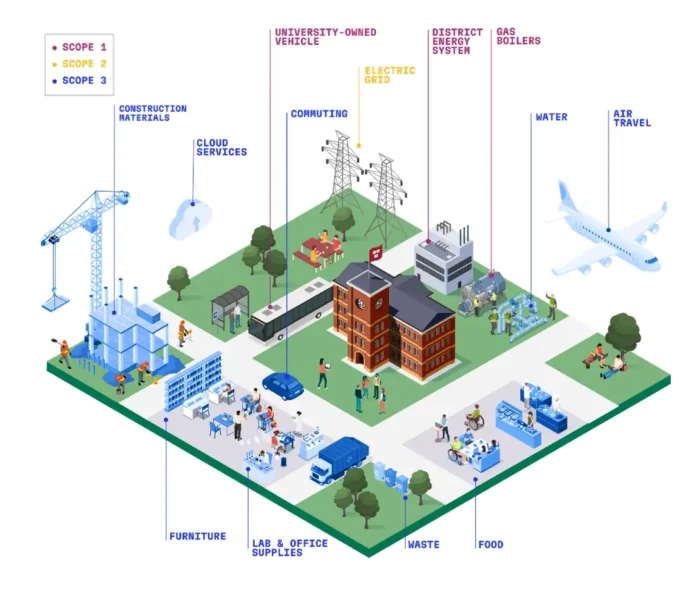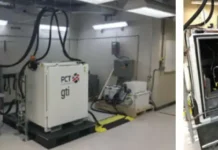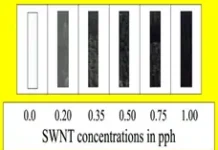Many companies and organizations are aware of the Greenhouse Gas (GHG) Protocol, which is the globally recognized standard to measure and help decrease CO2 emissions. There are three well-known scopes that help companies measure and understand their roles in creating carbon emissions:
- Scope 1, also referred to as direct carbon emissions. This is where the energy is being generated.
- Scope 2, guidance standardizes how corporations measure emissions from purchased or acquired electricity, steam, heat and cooling – in simpler terms, the energy purchased by the company to help create a product or service.
- Scope 3, indirect “value chain” emissions across 15 broad categories related to an organization’s upstream and downstream activities. This is, in most cases, energy the original company cannot directly control because it comes from suppliers or services the company uses. For a visual understanding, refer to Image 1, sourced from Harvard Sustainability page.

There is a great deal of focus on these three scopes because they have been the standard for helping with CO2 reduction in the atmosphere. Recently, there has been talk of an additional scope for measuring carbon reduction, which is Scope 4.
Scope 4 also is called emission avoidance. Scope 4 is different because it does not measure production of carbon. It measures how a certain product or service helps to reduce the creation of additional CO2 emissions in the first place. A relevant example of this for the UV/EB industry would be to look at an LED bulb. This example is sourced from ESG Professional Network, discussing in further detail Scope 4 emissions. It says, “If a company sells LED light bulbs, the emissions from the manufacturing and transportation of those light bulbs would be considered Scope 3 emissions. However, if the company also offers a home-energy audit service that helps customers identify and reduce their energy usage, the emissions saved as a result of that service would be considered Scope 4 emissions.”
In addition, if the company then could show that by switching to LED bulbs the users saved lbs. of CO2, this also could be considered avoidable emissions. Scope 4 emissions are an opportunity for technology such as UV/EB to take center stage. It is widely known and promoted across the industry that UV/EB technology reduces CO2 emissions, energy usage and VOC emissions. In every application, from fiber optics to print and packaging, there is an opportunity for a company to report on Scope 4. This conserved energy potentially could help reduce a company’s overall carbon footprint by creating an offset. Energy saved always is better than energy reduced. Scope 4 truly focuses on efficiency. There are multiple opportunities to report on CO2 emissions that were never created because of the use of UV/EB technology in a product’s manufacture.
There still is not enough momentum to say Scope 4 is considered an official benchmark for GHG Protocol, but it seems to be the most logical step.
Is your company measuring energy saved or CO2 reductions? Consider sending this data to cara@radtech.org so the association can help promote these energy wins industry-wide.
Cara Bommarito
Sustainability Manager, RadTech
cara@radtech.org







